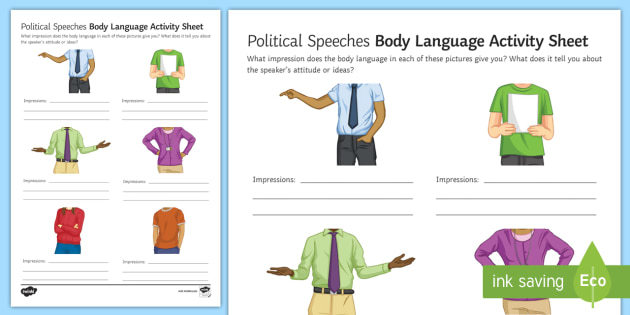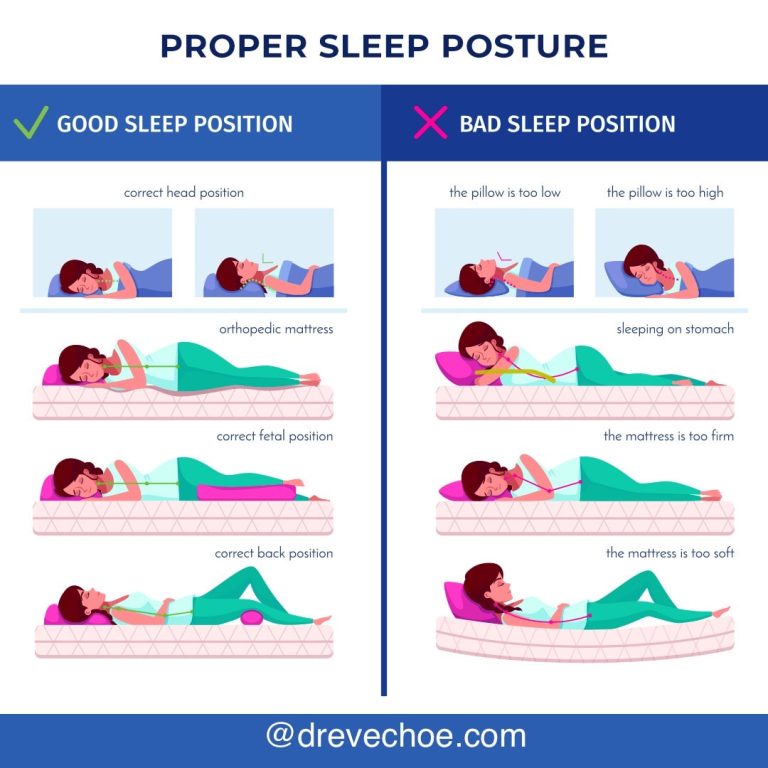Body Language Activities For Adults
Welcome to the fascinating world of body language activities for adults! Ever wondered how our nonverbal cues can speak volumes? In this guide, we’ll dive into exciting exercises that will boost your communication skills and empower you to understand the unspoken messages around you.
Body language plays a significant role in our daily interactions, allowing us to convey emotions, intentions, and attitudes without saying a word. Are you ready to explore fun activities that will help improve your awareness of nonverbal cues?
Get ready to unlock the secrets behind confident postures, meaningful gestures, and attentive listening as we embark on this adventure of discovering body language activities for adults. Let’s jump right in!
Looking to improve your communication skills? Engage in these fun and interactive exercises that focus on body language for adults. By practicing these activities, you can enhance your nonverbal communication skills and become more aware of the messages you convey. From mirroring exercises to role-playing scenarios, these activities are designed to boost your confidence and improve your overall body language. So why wait? Start practicing today and see the positive impact it has on your interactions!

Body Language Activities for Adults: Unlocking the Power of Nonverbal Communication
Welcome to a comprehensive guide on body language activities for adults. In today’s highly digital world, effective communication goes beyond just words. Body language plays a significant role in conveying messages, emotions, and intentions. Whether you want to improve your personal relationships, excel in your professional life, or enhance your overall social interactions, understanding and utilizing body language can make a world of difference. In this article, we will explore various activities that can help you decode and master the art of nonverbal communication.
Why Body Language Matters: The Key to Successful Communication
To truly understand the importance of body language, let’s delve into why it matters. Communication is not just about the words we use; it encompasses our tone, gestures, facial expressions, and overall demeanor. In fact, studies have shown that a significant portion of human communication is nonverbal; some researchers estimate it to be as high as 80%. This makes body language a crucial aspect to consider when it comes to effectively conveying your message and understanding others.
Body language is a powerful tool that can influence how others perceive us, build rapport, establish trust, and even convey emotions more accurately than words alone. Through conscious awareness and practice, we can harness this power to enhance our connections, improve relationships, and achieve success in various aspects of life.
The Power of Eye Contact: Building Trust and Connection
Eye contact is a vital element of body language that can significantly impact communication. It establishes a sense of rapport, trust, and connection between individuals. When engaged in a conversation, maintaining appropriate eye contact shows respect, interest, and attentiveness. However, it is important to strike a balance; prolonged or intense eye contact might be perceived as aggressive or intrusive, while avoiding eye contact might convey disinterest or lack of confidence.
One effective activity to improve eye contact skills is the “Eye Contact Game.” Find a partner and sit facing each other. Your goal is to maintain eye contact for a set amount of time without laughing or breaking the gaze. Start with shorter durations and gradually increase the time. This exercise helps in developing confidence, relaxation, and establishing a sense of trust between individuals.
Aside from the Eye Contact Game, there are other ways to practice and enhance your eye contact skills. For example, when watching a movie or a video, pay attention to the actors’ eye contact and observe how it impacts the scene. You can also try maintaining eye contact during everyday interactions, such as ordering at a café or having a conversation with a friend. By consciously focusing on improving your eye contact, you can enhance your nonverbal communication skills and connect more effectively with others.
Body Language in Group Settings: Creating a Positive and Inclusive Environment
When it comes to body language, group settings bring a unique set of challenges and opportunities. Being aware of your own body language and understanding how it affects the overall group dynamics is crucial for effective communication in these situations. Additionally, recognizing and interpreting the body language of others within the group is equally important. It allows for better understanding and helps in fostering a positive and inclusive environment.
One activity that promotes awareness of body language in group settings is the “Mirror Exercise.” Set up a group of participants in pairs, facing each other. The goal is for one person to mirror the body language and movements of their partner. Rotate partners and repeat the exercise. This activity helps individuals become more conscious of their own body language while also developing the ability to observe and interpret the unspoken communication of others.
Another activity that encourages collaboration and understanding within a group is the “Body Language Charades.” Divide the participants into teams and assign each team member a specific body language expression or gesture. The individuals then have to communicate their assigned expression or gesture to their team through nonverbal cues only, while the rest of the team guesses what it is. This activity enhances observation skills and strengthens the understanding of the various nuances of body language.
Nonverbal Communication and Emotional Intelligence: Building Empathy and Connection
Emotional intelligence is a crucial skill that allows individuals to understand and manage their own emotions while skillfully navigating social interactions. Nonverbal communication plays a vital role in emotional intelligence, as being able to recognize and appropriately respond to the emotions expressed through body language is essential for building empathy and connection.
One activity that can help develop emotional intelligence through body language is “Emotion Charades.” In this game, participants take turns acting out different emotions using only their facial expressions, gestures, and body language. The rest of the group then has to guess the emotion being portrayed. This activity enhances the ability to recognize and interpret nonverbal cues related to emotions, fostering empathy and emotional connection.
An additional activity to strengthen emotional intelligence is the “Mirror Emotions” exercise. Participants pair up and take turns mirroring the emotions displayed by their partner. The goal is to accurately reflect the emotional expression and body language while maintaining a strong connection with their partner. This exercise helps develop empathy, adaptability, and the ability to read nonverbal cues accurately.
Overcoming Barriers in Cross-Cultural Communication
In an increasingly diverse world, cross-cultural communication is essential for fostering understanding, collaboration, and harmony. However, different cultures have unique interpretations of body language, which can lead to miscommunication or misunderstanding. To overcome these barriers, it is crucial to cultivate cultural awareness and develop the ability to adapt and understand nonverbal cues across various cultural contexts.
“Cultural Swap” is an activity that encourages participants to explore and understand different cultural perspectives on body language. Assign each participant a specific culture to research and present on its unique nonverbal communication practices. The presentations can cover topics such as hand gestures, posture, facial expressions, or personal space. This activity promotes cultural understanding and awareness, helping individuals navigate cross-cultural interactions better.
Another effective activity is “Cultural Role Play.” Divide participants into small groups and assign each group a specific cultural scenario. The groups then act out the scenario, incorporating the appropriate body language and nonverbal cues specific to that culture. This exercise facilitates understanding, empathy, and adaptability in cross-cultural communication.
Benefits of Mastering Body Language: From Personal to Professional Success
The benefits of mastering body language are far-reaching, impacting various aspects of life. In personal relationships, understanding and utilizing body language can improve rapport, intimacy, and overall connection. In professional settings, it can enhance leadership skills, negotiation abilities, and collaborative teamwork. Body language mastery also contributes to personal growth, self-confidence, and overall success in social interactions.
Some of the key benefits of mastering body language include:
- Enhanced communication and understanding
- Improved relationships and connections
- Greater empathy and emotional intelligence
- Influential and persuasive presence
- Assertiveness and confidence
By actively engaging in body language activities, individuals can unlock these benefits and transform their communication skills, both personally and professionally.
Conclusion
Body language is a powerful tool that can significantly impact communication. By engaging in various activities and exercises, individuals can develop their understanding and command of nonverbal cues. From improving eye contact and group dynamics to building emotional intelligence and navigating cross-cultural interactions, these activities offer valuable tools for personal and professional growth. Embracing the practice of body language activities allows individuals to unlock the potential of nonverbal communication, enhance connections, and achieve success in all areas of life.
Key Takeaways: Body Language Activities for Adults
1. Play charades to practice non-verbal communication skills.
2. Role-play different scenarios to improve understanding of body language cues.
3. Watch movies or TV shows and analyze the characters’ body language.
4. Practice mirroring someone’s body language to build rapport.
5. Participate in group activities that require body language coordination, such as dance or team sports.
Frequently Asked Questions
Welcome to our Frequently Asked Questions section on body language activities for adults. Here, we will provide answers to some common queries related to improving and understanding body language. Read on to discover more!
1. How can body language activities benefit adults?
Engaging in body language activities can have numerous benefits for adults. These activities help improve self-awareness and provide insight into how nonverbal cues can impact communication. Practicing body language activities can enhance interpersonal skills, increase confidence, and improve overall communication effectiveness. Through these activities, adults can learn to read others’ body language more accurately and respond accordingly, fostering better relationships both in personal and professional settings.
Additionally, body language activities can help adults develop stronger emotional intelligence, empathy, and the ability to understand others’ perspectives. By honing these skills, adults can navigate social situations with ease and build more meaningful connections with others.
2. What are some effective body language activities for adults?
There are several effective body language activities that adults can engage in to improve their nonverbal communication skills. One activity is practicing mirroring, where individuals pair up and mirror each other’s body language and expressions. This exercise helps develop rapport and connection with others.
Another activity is practicing active listening while observing and interpreting nonverbal cues. Participants can watch videos or engage in role-playing exercises to analyze body language signals and decode their meanings. This activity enhances observational skills and improves the ability to understand and respond appropriately in different social contexts.
3. How can body language activities improve public speaking skills?
Body language activities can greatly enhance public speaking skills by focusing on confident and assertive nonverbal communication. One activity involves practicing power poses to boost confidence before delivering a speech. Posing in open, expansive positions for a few minutes can create a sense of empowerment and reduce anxiety.
Another activity is video recording public speaking performances and analyzing body language cues. By reviewing the recordings, individuals can identify areas for improvement, such as posture, gestures, and facial expressions. Engaging in these activities helps individuals become more aware of their body language while speaking, ultimately improving their delivery and impact as public speakers.
4. Can body language activities help in job interviews?
Yes, body language activities can be highly beneficial in job interviews. One activity is practicing confident handshake techniques to make a positive first impression. Participants can work on their handshake grip and firmness to convey professionalism and confidence.
Another activity is simulating mock job interviews with a partner or a career coach. By receiving feedback on their body language cues, such as maintaining eye contact, using appropriate gestures, and displaying open body language, individuals can refine their interview skills. Engaging in these activities prepares candidates to project confidence and credibility during actual job interviews.
5. How can body language activities assist in conflict resolution?
Body language activities play a significant role in conflict resolution by improving understanding, empathy, and communication between conflicting parties. One activity involves practicing active listening while maintaining open and receptive body language. This activity helps individuals truly understand others’ perspectives and fosters effective communication.
Another activity is engaging in role-playing exercises that simulate conflict scenarios. Participants can practice using non-threatening body language, such as open gestures and calm facial expressions, to de-escalate conflicts and promote a constructive conversation. These activities enable individuals to develop effective conflict resolution skills and build stronger relationships in personal and professional settings.
Summary
Body language is a powerful way to communicate without using words. Adults can improve their understanding of body language through fun activities. One activity is playing charades to practice interpreting gestures and expressions. Another activity is having a body language contest to see who can convey specific emotions using only their body. These activities help adults become more aware of the messages they are sending with their own body language and how to better read others.
By practicing these activities, adults can become more skilled at interpreting body language. This can improve their communication and relationships, as they will be able to understand others more accurately. Through these activities, adults can also become more confident in their own body language, learning how to portray the right message in different situations. Overall, body language activities for adults are a fun and effective way to enhance nonverbal communication skills.

